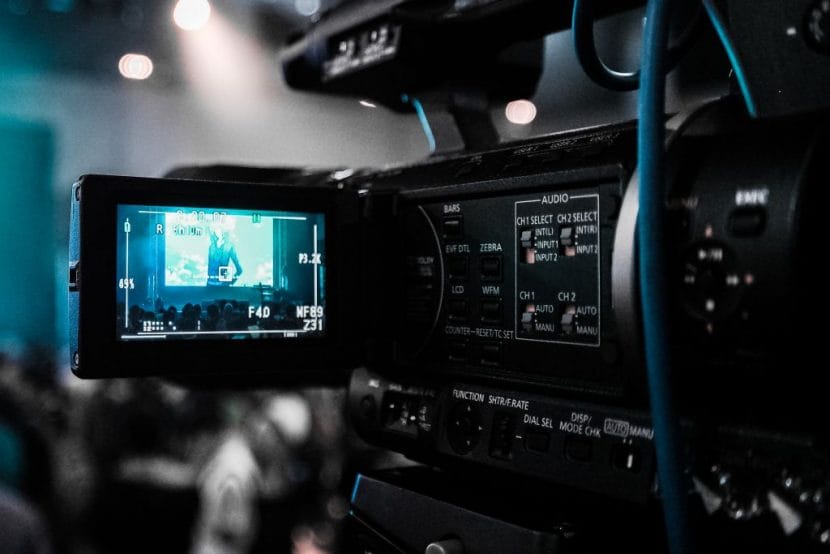5 Filming Techniques That Intensify Dialogue
No matter how dramatic your script, bad filming can suck all of the intrigue and drama from the dialogue. In the words of Hitchcock “we don’t have pages to fill, we have a rectangular screen in a movie house.” If your shots are unimaginatively framed or badly edited, it doesn’t matter if your script is a work of genius. These five techniques illustrate how on-screen conversation can be given extra intensity.
Eyeline Matching & Reverse Angle
The video above from film-maker Tom Antos shows how to shoot in multiple perspectives so that it feels like the actors are talking to each other naturally in one seamless conversation. One of the keys to this is shooting with the same eye line trajectory for both performers. He also discusses the legendary Rule of Thirds!
Extreme Close Up
This technique can express closeness and secrecy between interlocutors which the audience is invited into, making the dialogue even more compelling. It’s also a powerful way to convey emotion, with an unflinching focus on facial expression. Skip to 1:39 in this iconic Godfather clip for a perfect illustration of this in action.
Tightening Framing
What begins as a series of mid-range shots becomes a collection of close ups and extreme close ups, removing the “space” between Clarice and Hannibal and leaving the audience with no distractions from the actors’ facial expressions and the script. Chilling.
Low Angle Shots
Forget About the Words
It may sound counter-intuitive, but words can be surprisingly unimportant to great on-screen action. In real life, people rarely say what they mean and, when they do, it’s rarely perfectly and meaningfully articulated.
Facial expressions, distractions, body language, flickers of the eyes – these are what make dialogue come to life and feel authentic.

